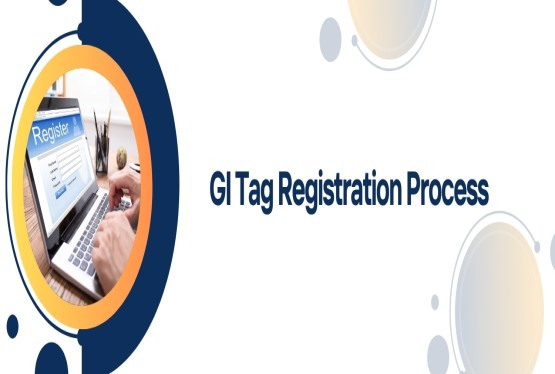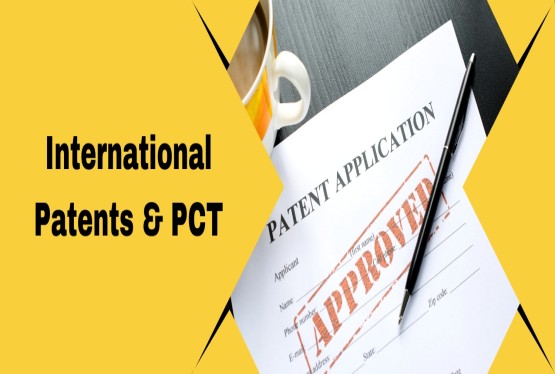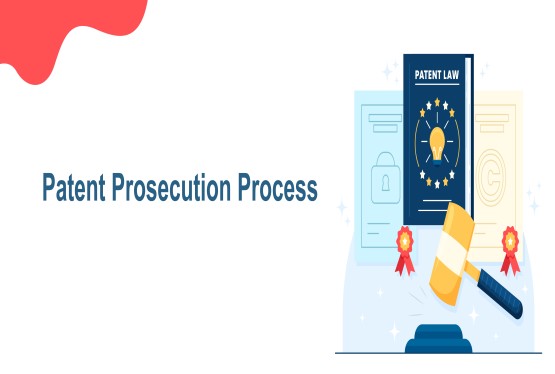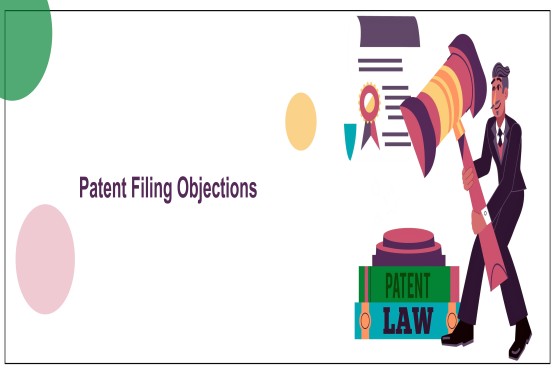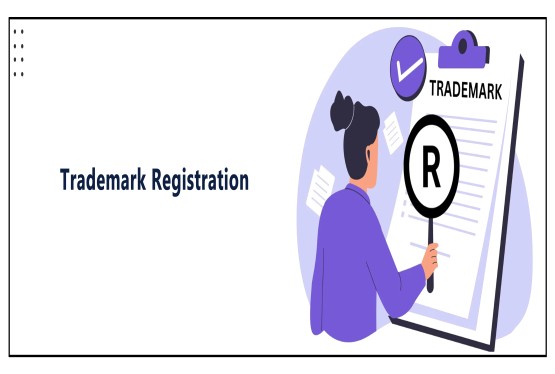The year 2023 has witnessed several historic trademark battles. Last month, Prestige (the pressure-cooker business) won a trademark infringement case against a gas-stove company using the name Prestige. Similarly, Delhi High Court has restrained private enterprises from using the trademark ‘Khadi’, owned by the Khadi & Village Industries Commission in India.
These cases highlight the importance of securing your trademark early on in the business. In this article, Compliance Calendar traces the nuances of trademark registration and provides a step-by-step guide to ensuring your trademark registration.
What is a trademark and why does every business need it?
Human memory is limited, imperfect and short. For any brand, being remembered is crucial, as it translates into sales. In a battle of choice between dozens of competitors, how do you make sure the consumer remembers to pick your brand? The simple answer is - trademark.
Trademarks can refer to distinctive words, sounds, colours, graphics, symbols used by your business in its dealings. The iconic ‘tick’ of Nike, the yellow colour with Maggi and McDonalds, the distinctive blue-purple of Cadbury - are all iconic trademarks. Trademarks come to be associated with the quality of goods and services offered and thus are a very valuable intellectual property for your business.
The law on trademarks in India
In India, trademark protection is governed by the Trade Marks Act, 1999, which provides for the registration and protection of trademarks in the country. The act refers to a trademark as a distinctive sign that is used to identify and distinguish the goods or services of one business from those of others.
Who is eligible to apply for trademarks?
Just about anyone - from an individual, to a partnership, a company - including private, public and one person companies. Even non-profit organisations like trusts or societies can apply for trademarks.
The process of obtaining trademark in India
Application stage:
To obtain trademark protection in India, the owner of the trademark must file a trademark application with the Registrar of Trademarks, of the area where the business is located. The application must contain the details of the trademark, such as the name of the owner, the description of the goods or services, and a clear representation of the trademark.
Examination stage:
-
Once the application is filed, the Registrar will examine the application to ensure that it meets the requirements for registration.
-
This includes examining if it bears semblance to existing marks. It is also sent for Vienna codification, which verifies the art, and pictorial (or non-text) parts of the trademark applied.
-
If the application is accepted, the trademark will be published in the Trade Marks Journal for a period of four months, during which any person can oppose the registration of the trademark.
-
If no opposition is filed, or if the opposition is unsuccessful, the trademark will be registered and the owner will receive a certificate of registration.
An applicant may require legal help in preparing documents and replies, in case the application is marked for objections or is refused by the Registrar, or is opposed by a third party.
The trademark registration is valid for a period of 10 years from the date of registration and can be renewed indefinitely for successive periods of 10 years.
Why your business needs to apply for trademark protection right now
-
A secured trademark provides the owner with the exclusive right to use the trademark in relation to the goods or services for which it is registered. This means you can restrain any third party from unauthorized use of your trademark.
-
The courts dealing with cases on trademark protection in India lean in favour of parties with a registered trademark showing prior use, as compared to an infringing mark user. This means, your case against a person using the same mark is legally stronger, if your mark is registered and put to use on goods (or services) earlier than that of the defendant.
-
As the owner of the trademark, your business can seek remedies such as damages for loss caused and injunction against any future use of the same mark by a third party. Before your trademark application is filed, Compliance Calendar’s experts can help you at every step. This includes filing the entire trademark application on your behalf. It also includes crucial steps like checking whether your desired trademark is available (to ensure it doesn’t resemble an existing mark), filing replies in rare cases of trademark objection and trademark opposition, and responding to any notices until the actual grant of your trademark. Connect with our experts today, for a hassle-free trademark filing experience.






























_(b)_of_the_Trademark_Act,_1999_(1)_crop10_thumb.jpg)



_crop10_thumb.jpg)



























_crop10_thumb.jpg)
_crop10_thumb.jpg)






_crop10_thumb.jpg)








_crop10_thumb.jpg)



_crop10_thumb.jpg)





























_crop10_thumb.jpg)

















_crop10_thumb.jpg)






_crop10_thumb.jpg)












































































































































_crop10_thumb.jpg)




































_crop10_thumb.jpg)












_crop10_thumb.jpg)













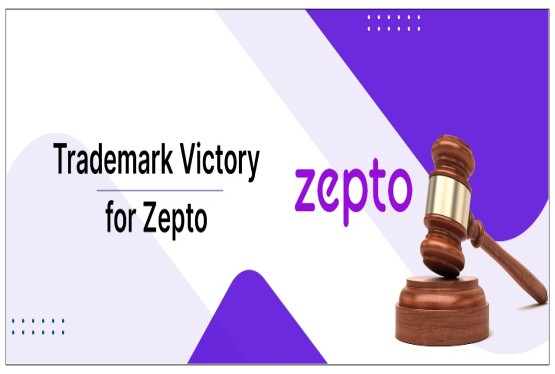




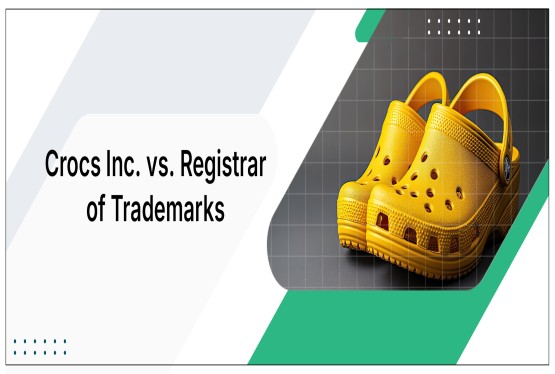




























_crop10_thumb.jpg)

















